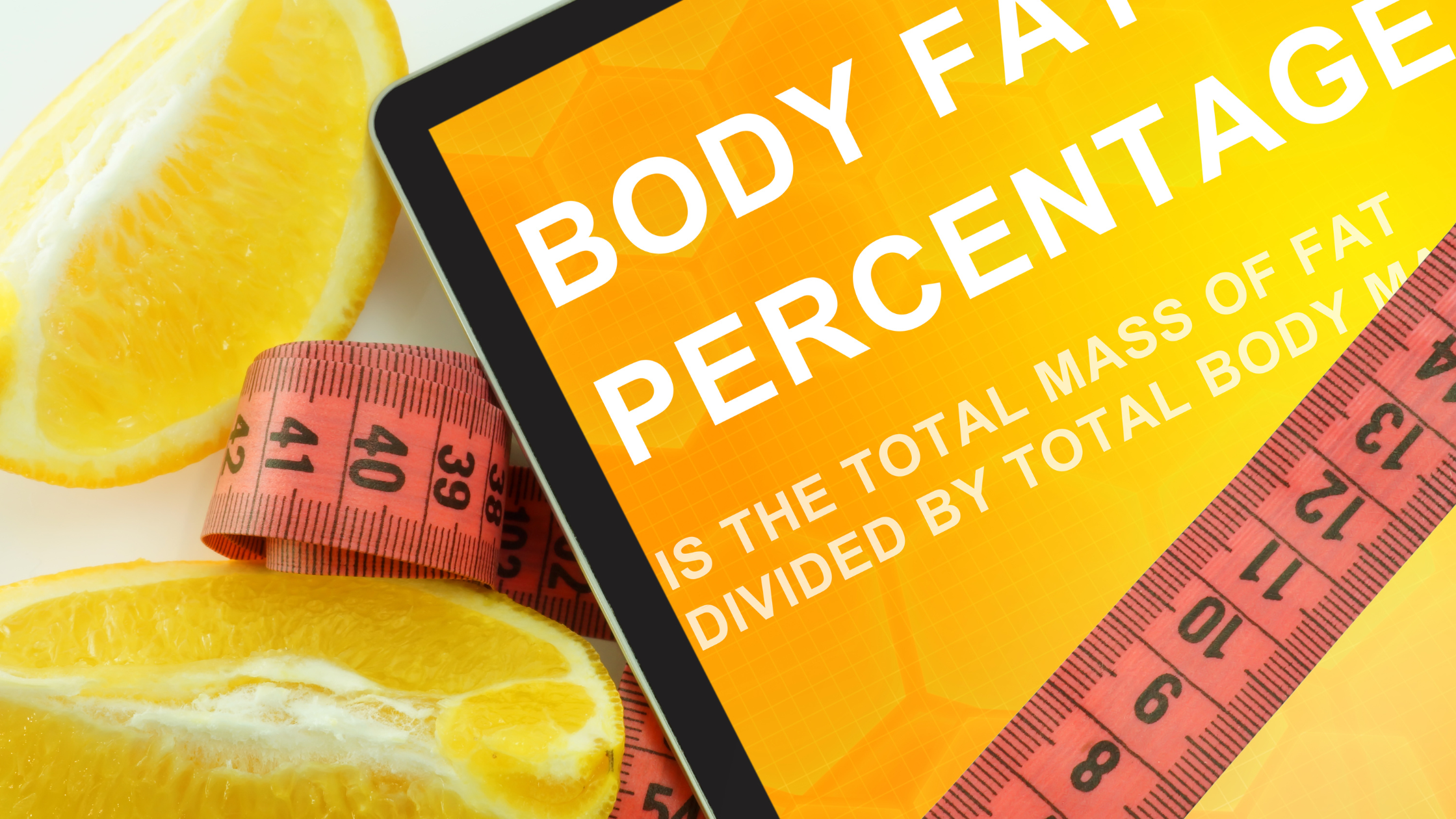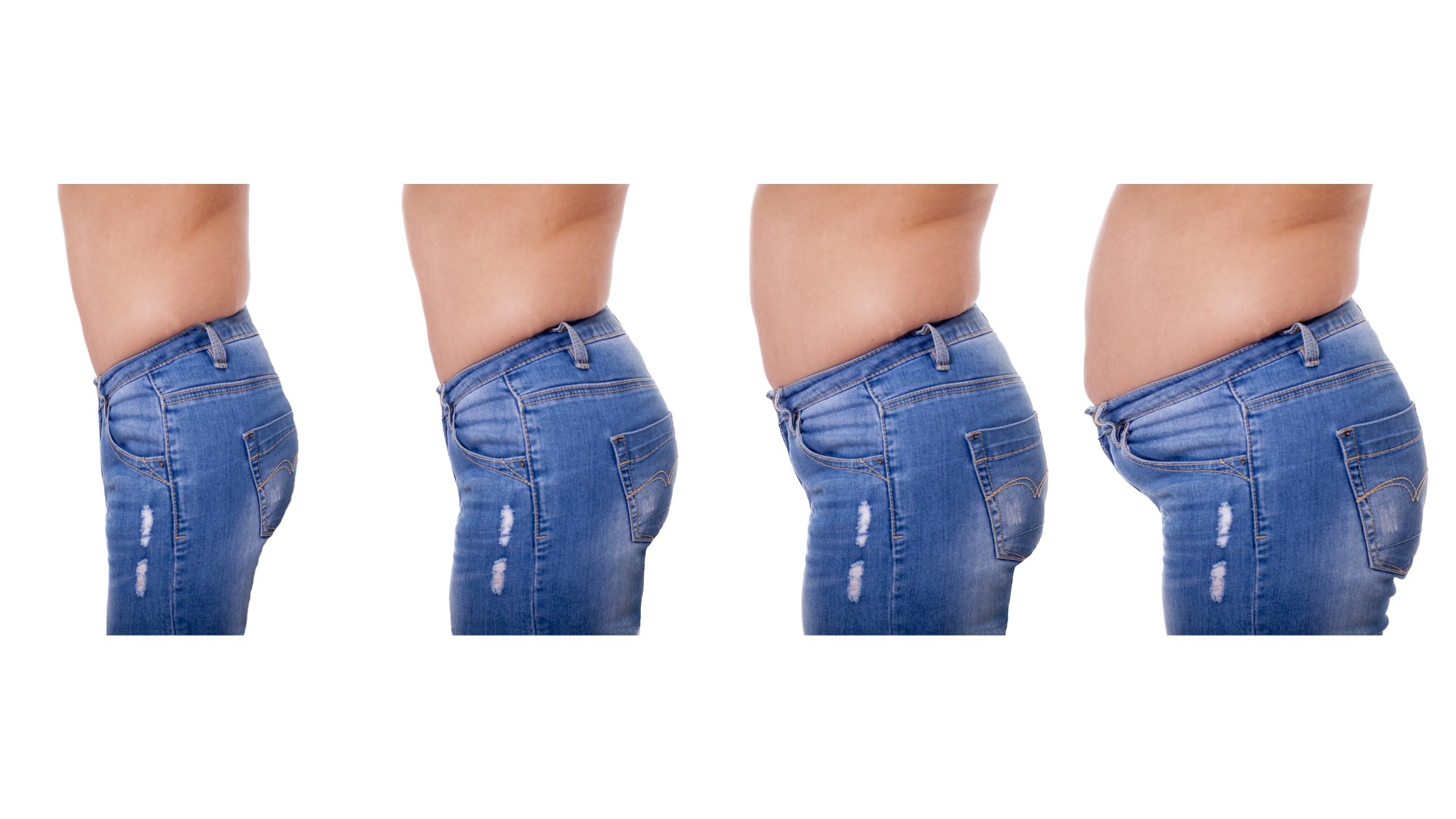If body transformation stories and crash diets prove anything, it’s that fat loss is a topic of great interest for many individuals seeking to achieve their health and fitness goals. This is a particularly interesting topic for those who want to look and feel good in their bodies.
Weight loss in itself is a complex topic, but fat loss specifically has more underlying processes that don’t make it as straightforward as it seems. Not to mention, many myths on fat loss regularly circulate around the internet – routine workouts and a healthy diet don’t always mean fat loss in certain areas, and understanding these processes can help us set more realistic, healthy goals.
If you can understand the processes of fat breakdown, you can better implement effective strategies in your dieting and workouts. In this article, we will delve into the intricacies of fat loss, including what body fat is, how it accumulates, and the process by which our bodies shed excess fat.

I. Understanding Body Fat & Why We Need It
Body fat, also known as adipose tissue, is an essential component of our bodies, and not always the villain that many of us make it out to be. At least, not for variations like unsaturated fats.
In any case, body fat serves various key functions, such as providing insulation, cushioning organs, and serving as a source of energy. Body fat consists of adipocytes, specialized cells that store and release fat. Basically, our bodies don’t function optimally without fat, but stigma around weight may influence our perceptions of body fat to the negative extremes. To make sustainable progress in your own fat loss journey, it’s important to keep in mind that you also need a balanced level of fats.

II. Accumulation of Body Fat: Factors at Play
That said, putting on too much body fat imposes several health risks, and some of us accumulate fat faster than others. How fat accumulates for you is influenced by a combination of genetic, environmental, and lifestyle factors, including:
- Caloric Surplus: Consuming more calories than the body burns a day leads to an excess of energy, which is stored as body fat.
- Sedentary Lifestyle: Lack of physical activity reduces calorie expenditure and contributes to fat storage.
- Hormonal Imbalances: Hormones like insulin, cortisol, and estrogen can influence fat accumulation, particularly in certain areas such as the abdomen.
- Genetics: Genetic factors can impact an individual’s propensity to store fat and the distribution of fat in the body. Luckily, you can take a genetic test from CircleDNA to understand your body’s unique response to fat accumulation, among hundreds of accurate health insights.
III. Fat Loss in Metabolism & Energy Use
Fat loss occurs when the energy expenditure exceeds energy intake, creating a caloric deficit. When the body requires more energy than is available from food intake, it turns to stored fat for fuel. The process of fat loss involves several key steps:
- Energy Deficit: Creating an energy deficit through a combination of reduced calorie intake and increased physical activity is crucial for initiating fat loss. This deficit forces the body to tap into its fat stores to meet its energy needs.
- Lipolysis: Lipolysis is the breakdown of triglycerides stored in adipose tissue into fatty acids and glycerol. This process is regulated by hormones, such as adrenaline and cortisol, which are released in response to the energy deficit.
- Fatty Acid Transport: Once released from adipose tissue, fatty acids are transported via the bloodstream to muscles and other tissues to be utilised as fuel.
- Oxidation: In muscle cells, fatty acids undergo oxidation, a process where they are broken down further to produce adenosine triphosphate (ATP), the body’s primary source of energy.
Translation to Weight Loss:
Fat loss directly translates to weight loss, but remember, your body is shedding other nutrients too. Weight loss encompasses not only fat but also other components, such as muscle mass, water weight, and glycogen stores. While your primary goal may be to reduce body fat, the overall decrease in weight can be influenced by various factors, all of which can help you better understand where you truly are in your fat loss journey:
- Water Weight: At the onset of a weight loss journey, the initial drop in weight often includes a significant loss of water weight. This is due to a decrease in glycogen stores, which are accompanied by water molecules. It is essential to recognize that water weight fluctuates – especially during exercise – and does not reflect long-term fat loss progress.
- Muscle Mass: When aiming for weight loss, it is crucial to preserve lean muscle mass. However, in certain situations, muscle loss may occur alongside fat loss, particularly if the energy deficit is excessive or if physical activity and resistance training are insufficient. Maintaining muscle mass is important as it supports overall metabolism and helps achieve a toned and defined physique.
- Sustainable Progress: Sustainable fat loss occurs gradually. Aim for a moderate energy deficit, as an extreme deficit can lead to muscle loss, a decrease in metabolic rate, and potential nutrient deficiencies. Sustainable progress ensures that weight loss primarily comes from fat stores while minimizing muscle loss.
Wrapping Up
Understanding the process of fat loss is crucial in achieving successful and sustainable weight loss. By creating an energy deficit, initiating lipolysis, and utilizing fatty acids as an energy source, the body undergoes fat loss. However, it is essential to remember that weight loss encompasses various factors, including water weight and muscle mass. Your body is unique, and while it’s good to keep these principles of fat loss in mind, the best results always come out of diet and workout routines that fit your body and where you are in your health journey.






Comments are closed.